What Do Cats Think About?
Cats spend a suspicious amount of time loafing in sunbeams, blinking slowly, and pretending gravity is a personality. So what’s going on in that furry head while they lounge, patrol the food bowl, and save all their energy for 11 p.m. zoomies? Let’s peek inside the mysterious feline brain.
Jump to: Studies on Cat Cognition • What Your Cat Thinks About You • Facial Expressions & Body Language • Get Inside Your Cat’s Head
Studies on Cat Cognition
We still have a lot to learn about feline minds, but research on memory, perception, social cues, and attachment keeps pointing to one thing: cats notice more than we think. Many cats respond more strongly to their person’s voice than to a stranger’s and will glance at us for reassurance when something new feels sketchy. Translation: they know who their people are, and they care what we think—even if they play it cool.
What Your Cat Thinks About You
One popular idea (shoutout to anthrozoologist John Bradshaw) is that cats may treat us a lot like oversized, slightly clumsy cats. The evidence is in their greetings: tail up, rub on the legs, maybe a friendly head bump. Many cats even groom their humans—classic “you’re part of my social circle” behavior.
So yes, your cat might see you as a tall, two-legged roommate who insists on wearing fabric fur and doing puzzling things in the kitchen. But you’re also their chosen family, favorite heat source, and the one with the opposable thumbs. They’re just as curious about your next move as you are about theirs.
Reading Cat Facial Expressions & Body Language
We may never get closed captions for meows, but faces and postures tell a story. Reading feline expressions is tough for many humans, yet body language gives clear hints once you know what to watch.
Calm & Content
- Loose body, relaxed posture
- Ears neutral—not pinned back
- Soft whiskers; pupils narrow to gentle slits

Mildly Stressed or Unsure
- Stiff body; leaning back or low crouch
- Head turned slightly away
- Whiskers pushed forward; pupils a bit dilated
Very Stressed, Anxious, or Afraid
- Ears flattened or swiveling back; tail tucked low
- Body flattened to the floor; hairs raised (arched back possible)
- Wide pupils; may hiss, growl, spit, or swat
Get Inside Your Cat’s Head
Next time your cat is loafed like a perfect little bread, try this: note the ears, whiskers, eyes, and body shape, then imagine the inner monologue. “Sun acquired. Bird surveillance active. Human probably needs supervision.” You may never know exactly what they’re thinking, but you can learn what they’re feeling—and respond in a way that builds trust.
When in doubt, keep play sessions regular, make spaces cozy, and move at your cat’s pace. If your cat’s behavior changes suddenly or they seem uncomfortable being touched or playful, a vet visit can rule out pain (arthritis in cats is more common than most people realize).
Health note: If you suspect your pet is sick, call your veterinarian. For medical questions, always consult your vet, who knows your cat’s history and can recommend the best care.


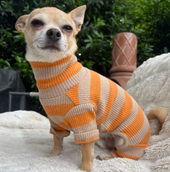

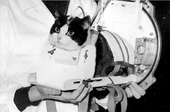
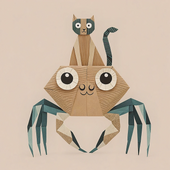


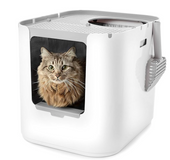

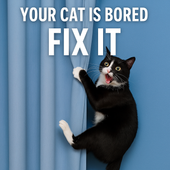





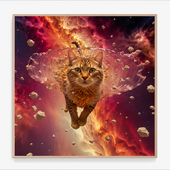
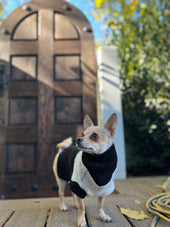
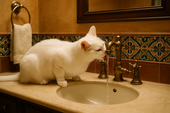


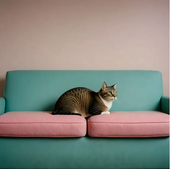
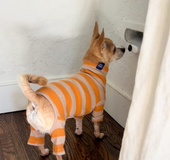
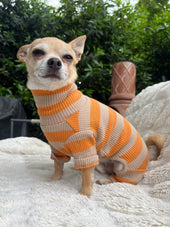
Leave a comment